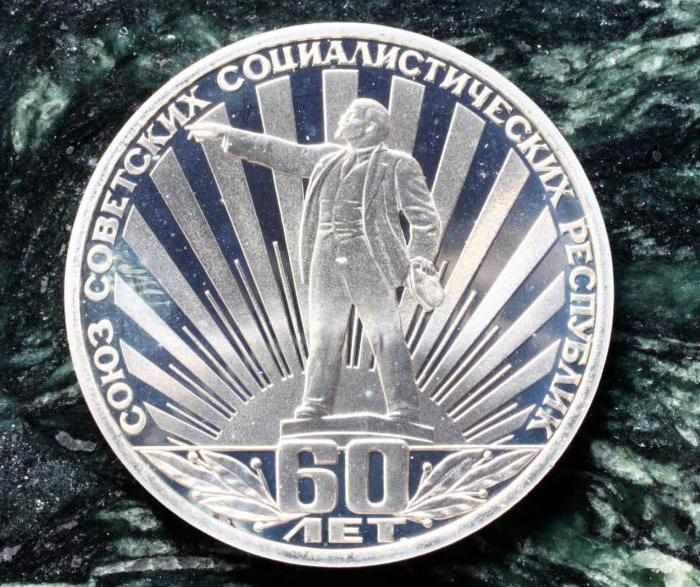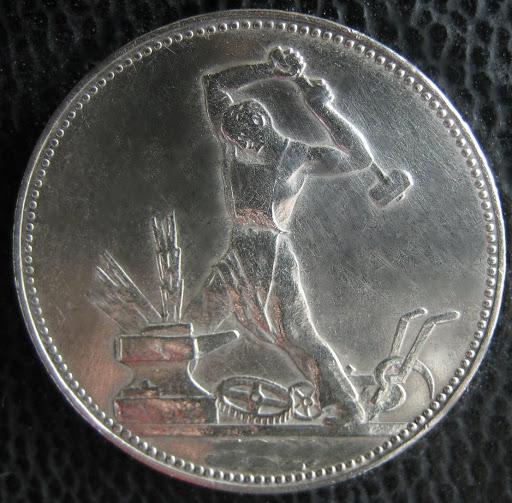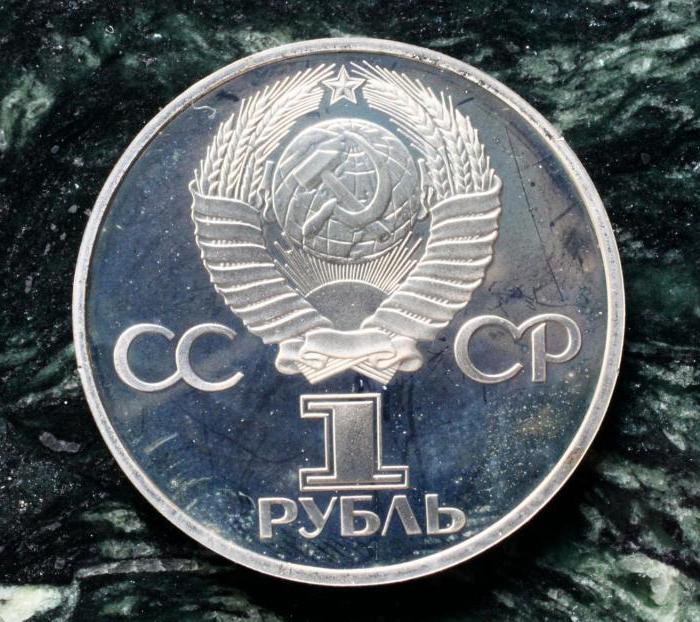Many people still have a lot of coins and paper money produced in the Soviet Union. But not everyone knows how valuable some of them are.
Inconspicuous treasures

Soviet money gathering dust from superfluity is sometimes not only historical value, but also quite material.
Rummaging through the money left over from previous times, you can get impressive benefits, if, of course, imagine what to look for.
What is the value?

At first glance, it is difficult to assess how much Soviet money costs. Value depends on several factors. For example, the year of issue of a coin or bill distinguishes it from the rest of the brothers. Some years of issued money were marked by small circulation, and this significantly increases their value.
The printing yard from which the money was issued also affects the price. Coins or banknotes of the same year often differ due to the printing yard.
The difference in price also manifests itself in such an aspect as the initials of the mitzmaster, located on the edge. Coins with different symbols, respectively, will have different values.
One of the most interesting features in the value of money can be considered, oddly enough, marriage in production. Sometimes defects when minting significantly increase the price. Such defective money is of particular interest to collectors.
Silver coins
From 1921 to 1927, coins of the Soviet Union were minted according to the old model. Accordingly, most of the money was made of silver and is valuable not only because of its rarity, pay attention to the material of manufacture.
Among these coins, an important role is played by the mintmeister, who produced Soviet money. The price also depends on the availability of marriage and year of manufacture. The approximate value of coins of this period starts from a pair, and ends with several hundred dollars.
Silver rubles

Among coins, prominent representatives can be considered rubles. Soviet ruble denominated money, issued in 1921, 1922 and then already in 1924, have a good price. Of course, the final price depends on many factors, but such coins will be a pleasant and worthwhile find. Ruble coins, in addition to these years, were no longer produced.
Silver fifty dollars

Soviet money in denominations of 50 kopecks, like a ruble, were issued from silver. The release years are more extensive: starting from 1921 and ending with 1927, only 1923 became an exception. The price of such a Soviet coin, respectively, is slightly lower than the ruble and depends on the state.
Paper money
Paper money production began in 1923. Banknotes of those times had a large denomination. Due to the fact that only a small part of the circulation remained, the cost of such a bill reaches several tens of thousands of rubles.
Banknotes produced in 1924 also have considerable cost and will be in demand by lovers of bonistics. But the notes issued in 1934 will bring not so significant profit.
Quite a rare year for notes is the 1947th. Due to new reforms, denominations of the same denomination differed and this is of interest to collectors. This fact raises price and demand.
Soviet money, issued after 1961, was produced in large quantities and did not represent any particular value. By dividing banknotes for the period until 1961 and after, a price trend is created.
Well-preserved bills, starting from 1923 and ending with 1947, will definitely bring a good profit to the owner. But their subsequent analogues do not have a high cost, due to low demand.
Silver pennies
In addition to rubles and popular fifty dollars made of silver, they also produced coins in denominations of 10, 15, and 20 kopecks. Such Soviet money, the cost of which starts from hundreds of rubles and above, is very popular with numismatists.
The price of a penny mostly depends on the state of the coin. In perfect form, such a trifle can cost a thousand rubles.
Bronze and copper
It is important not to forget that not only valuable metals make it possible to realize a coin, but also such a feature as rarity.
Among the simplest and most ordinary-looking copper or bronze coins, real treasures are hidden. How much Soviet money costs is difficult to determine at first glance. A bronze coin that does not stand out can have a value of several tens of thousands of rubles.
In the search for such treasures, it is important to know the exact appearance and year of manufacture. For example, absolutely all coins issued in 1947 turned out to be prohibitively high in value.
A similar issue in 1947 was a batch of coins in 1931 and 1958. Such findings can dispel any doubts about the value of Soviet money.
Good luck in the little things
Having started searching for expensive coins and not having obtained a satisfactory result, do not despair. Expensive banknotes are valuable in that they are rare.
It is worth paying attention to more insignificant and cheaper options. After all, in the end, you can get many times more. Many of the most common coins issued between 1932 and 1953 cost about a hundred rubles. And given the prevalence of Soviet money, there is a high chance of getting a decent profit.
Commemorative coins

Do not lose sight of jubilee coins, also worth some money. For the most part, their price is hundreds of rubles, and they are not of interest to collectors.
Such money was not issued in a very large circulation dedicated to celebrations, but it did not give them a price. Particularly rare representatives of commemorative coins can boast a price of several thousand rubles.
Especially rare
Small circulations of some years, such as 1947 or 1931, give rise to especially rare and expensive copies that make collectors pay round amounts.
The cost of the same coins of 1947 fluctuates around several hundred thousand rubles, which is impressive, but not the price ceiling.
There are exceptional situations, as with the fifty dollars of 1924. The price of such a coin starts from a couple of hundred rubles, but there have been cases of the sale of a fifty dollars for tens of thousands of dollars. This is influenced by inscriptions on the edge or a particularly rare coinage.
Tips
For a more successful sale of coins, you must first determine the rarity of the instance. Then, you definitely need to thoroughly study the factors of price increase for this particular coin. Mindfulness pays off in full.
